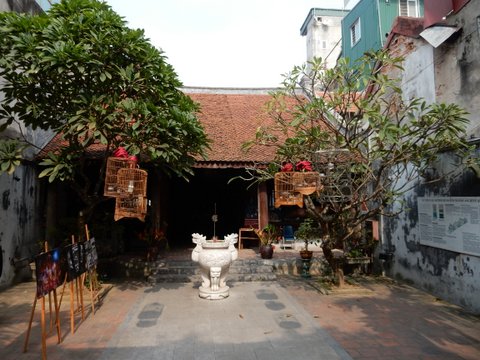PRAGUE — Just shout, “All aboard!” and I’m there.
I’m a sucker for trains, passionate about light rail, gooey over subways, sentimental about trams and trolley buses, and very content on a bus. I’m a public transport enthusiast.
This doesn’t mean, as critics of public conveyances so often believe, that one is against cars.
Let’s get this straight: One of the great wonders that make life in our times free and rich is the private car. It could be argued that they deserve constitutional protection, like guns and the media.
When you climb into your car, you are truly free. More, you are surrounded by your own stuff – the half-eaten candy bar, crushed tissue box, scattered CDs, and quite possibly the hair from your dog. Even if you are a neatnik, your car is your castle; safe, secure, mobile, cozy, cool.
Also, the car is a work of manufacturing genius — so much complexity for so little money. The first thing every poor person dreams of is a car.
I got my first old banger when I turned 16. It had many deficiencies, not the least of which were the mechanical brakes and the unsynchronized gear box.
But for me, it was the greatest vehicle ever built: Keep your Rollses, Bugattis and Cadillacs. I had a car. I was free. I was grown up. I was a person. The open road belonged to me, as did the toolbox, the lovers’ lane and wondrous bragging rights.
So what’s this about public transportation?
Sadly, in cities, cars have worn out their welcome. The miracle of the private car is now the urban curse. Too much of a good thing, you might say.
It’s not so much that cars are bad, but that they’re being used for the wrong things: getting to work, or getting around a crowded city.
Europe has its car problems, but it does better with alternatives. You need guts and patience to get around the Arc de Triumph in Paris by car, or to circumvent London on the M25.
In 2003 London restricted cars through a stiff congestion charge, which is now a model for the world — although Singapore did it 25 years earlier.
For political and historical reasons, Europe has the jump on public transportation. Not just its great cities but also its smaller towns, and even villages, have workable (extensive, seven days a week) public systems. A few American cities–notably Boston, New York and Chicago–offer integrated public transport, but more as a last resort than a first choice.
In Prague, I’ve just taken a tram from my Old Town hotel to the castle across the Vltava River and back. Easy and fun. User-friendly, too. I traveled here from Bratislava, Slovakia on a clean, comfortable train with a dining car and toilets in about four hours.
President Obama has talked a good line on infrastructure and green jobs. The two should be joined.
Infrastructure jobs mop up the construction-worker surplus and position our cities for a greener future. Particularly, electric buses need a new hearing. Overhead lines have worked well with two connections–like a big tuning fork–bringing in the power. But they have one weakness: They are not flexible and tend to disconnect on corners. Better engineering and batteries could solve that old bugaboo.
There is a liberal elite that worships Eurotransit, and in so doing infuriates the Europhobes.
In the 1980s, we were constantly looking to Japan to see what worked–until it didn’t work anymore. In all but air transportation, it’s time to look to Europe to see what works and improve on it. I doubt the practicality of high-speed rail in this country but electric vehicles in our cities, with fewer cars, would improve the quality of life as the air cleared.
What’s more, transportation infrastructure is an investment where the jobs stay here, and people experience the difference.

 Follow
Follow
Leave a Reply